Party
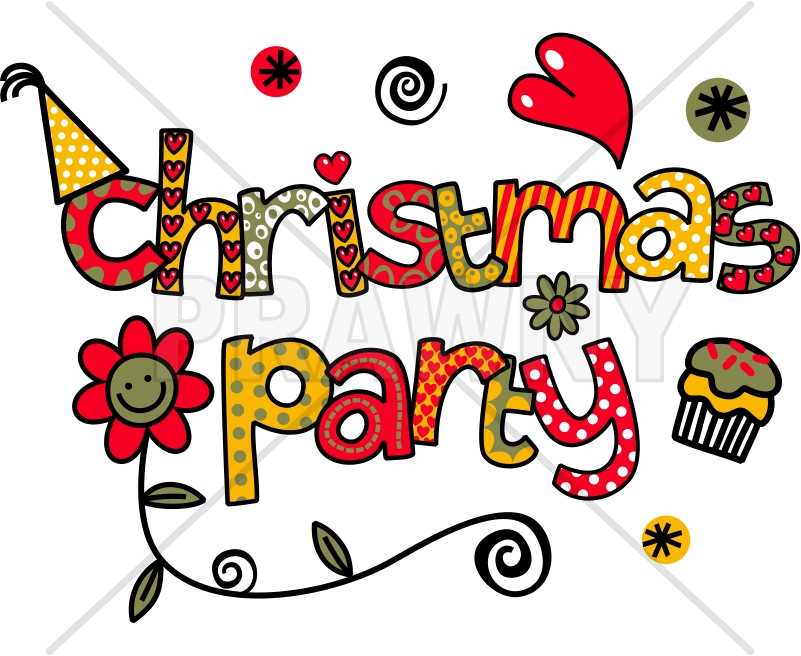
Just a quick reminder that the children can bring party clothes, in a carrier bag, into school tomorrow. They can put on their dancing shoes after lunch and get ready to strut some moves!

End of term
As the end of the term approaches, you’d think it was time to wind down. Well, not in Year 1!
The children have continued on with their learning and we have turned some Christmas crafts into great learning opportunities.
Maths with gingerbread men?
This was an opportunity to create some repeating patterns, some symmetry, counting and even some addition and subtraction.
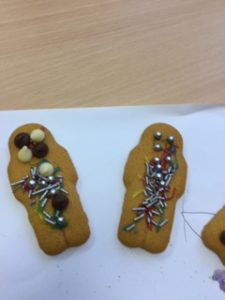
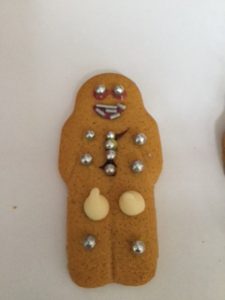

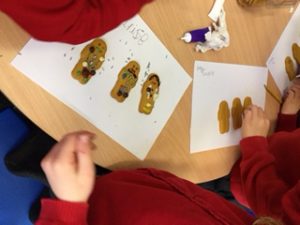
Careful cutting
Whilst making their Christmas cards, the children were encouraged to cut things out for themselves.
Using a pair of scissors can be tricky. However, all the effort was worth it when snowflakes appeared like magic!
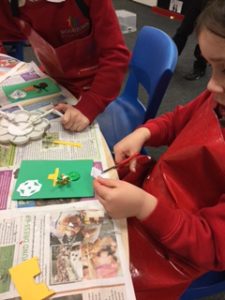
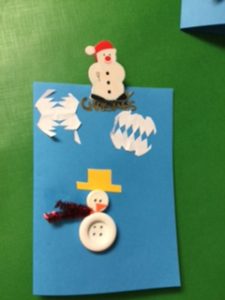

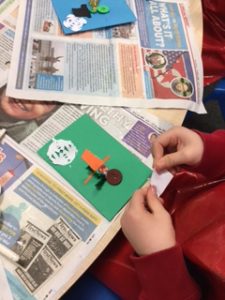
Threading salt dough
Another craft activity we have completed is making decorations with salt dough. This involved careful painting of both sides which was a challenge. The children worked out that asking a friend to hold the decoration whilst they painted the back was a good solution. Everyone threaded some ribbon through the hole and some attempted to tie a knot in the ribbon.
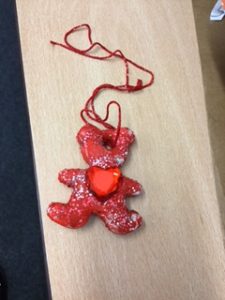
The four seasons
These calendars were created with a theme of the four seasons. The children thought carefully about each season throughout the year. Then, using the image of a tree they added detail according to the relevant time of year. Lots of colour and some very detailed painting.
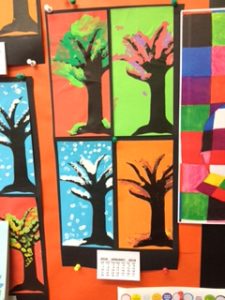

It’s been an absolute pleasure to have been working with the Year 1 children. Over the last few months, I have seen talented artists, creative writers, resilient mathematicians, enthusiastic readers and much more. A change of adult can be quite unsettling for some children. I have to say, the whole class have coped well with this and the changes have not affected their high standard of learning. In fact, I have been amazed by the quality of the work produced by the children.
Year 5/6 new class novel
After the holidays, Year 5 and 6 will start a new class novel: The Boy in the Tower. Here’s the blurb to give you a sneaky peak.
When they first arrived, they came quietly and stealthily, as if they tiptoed into the world when we were all looking the other way.
Ade loves living at the top of a tower block. From his window, he feels like he can see the whole world stretching out beneath him.
But one day, other tower blocks start falling down around him. Strange, menacing plants begin to appear and no-one knows where they came from.
Now their tower isn’t safe anymore. Ade and his mum are trapped and there’s no way out…
Here are some reviews:
Carol Singing
Yesterday, Year 5 and 6 got into the Christmas spirit by performing some carols outside Marks & Spencer’s. We had a great time and raised some money for a charity at the same time. Thank you to all the parents who came to watch and all the members of the public who were generous enough to donate some spare change.

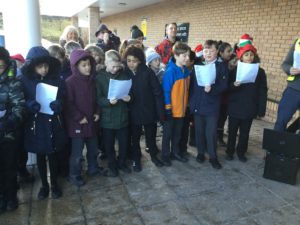

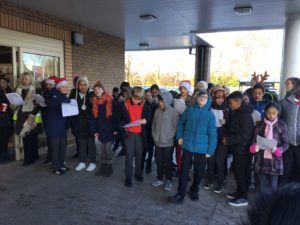
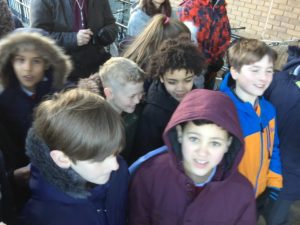
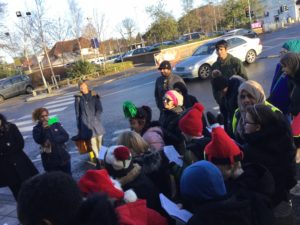
Gymnastics
As we come to the end of our gymnastics unit in PE, we have spent some time learning how to use the apparatus safely and purposefully. We had a go on a range of equipment and learnt how to use each piece to improve our gymnastics skills. It’s also really fun to challenge yourself and take a few safe risks. I was particularly impressed by how resilient some of us were when we were attempting things we found a little scary.
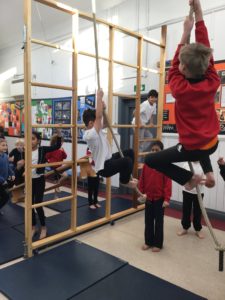
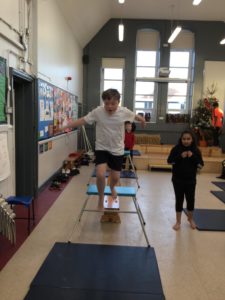
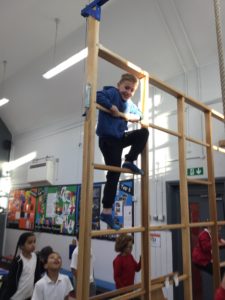
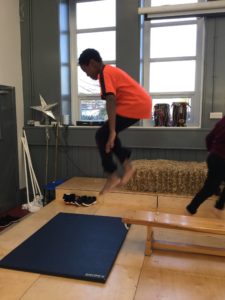
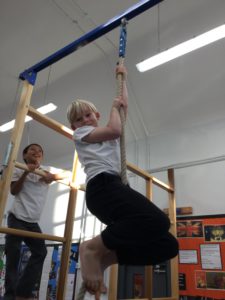
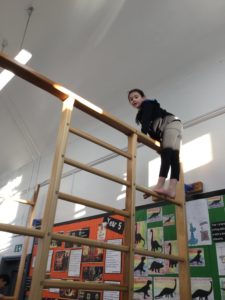
Read, read, read!
In Year 2, we give the children more responsibility for their home reading.
We expect the children to:
- read daily at home with an adult
- ask an adult to write in their reading record book
- bring both books back to school
- put them in the reading basket for changing
Home readers are changed on a Monday and Thursday but not every child is returning their book on these days. Please encourage your child to follow this to ensure they are reading as much as possible at home.
Don’t forget to check your child’s tricky words in the back of their reading book, too.
If you have any questions about your child’s reading, please come and see us.
Relax and Read
It has been great to see so many of you at Relax and Read this term!

Happy holidays!
We have reached the last week of the children’s first term at Moortown. What a busy term it has been! The children have settled really well and it has been great to get to know them and see them learn and grow in confidence.
We hope you have a great Christmas and Happy New Year!



Reading in Chapel Allerton
‘I respect my communities and other communities,’ has been the focus of our Living and Learning sessions this week. In class, the children discussed what the community means to them. They were given the start of a sentence and were then asked to complete it, making sure they included reasons for their ideas.
My community is important to me because …….
I know that different religions are celebrated in my community because……
I think that our community is………
We would like to see more ………………
I show respect to my community and others by …………
Moortown community is ………………….
Some of the children walked down to the Chapel Allerton community to visit a new children’s bookshop.
Set in the heart of Chapel Allerton, The Little Bookshop is Leeds’ only independent children’s bookshop. Opening its doors in October 2017, The Little Bookshop is a place to explore literature and illustration with your child. With regular story times, author events and a cafe serving up fresh and wholesome food we hope you’ll have an experience in the shop that embodies the joy of reading for your family.
As well as visiting another local community, the children were able to enjoy what the bookshop had to offer and enrich their love for reading. The children enjoyed selecting some books that were linked to our next big topic – Life.
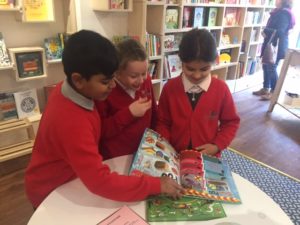
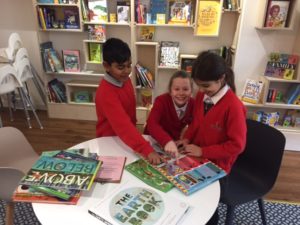
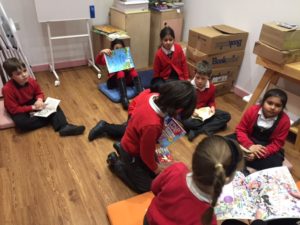

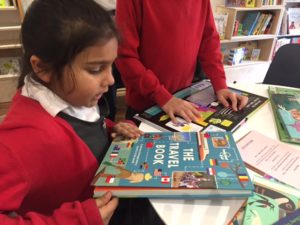
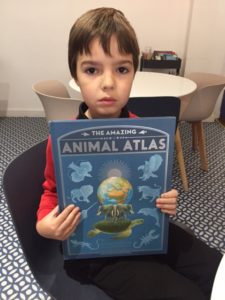
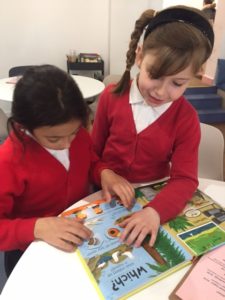
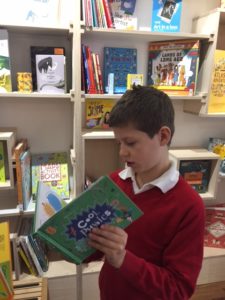
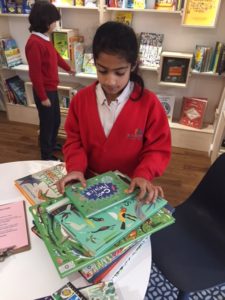
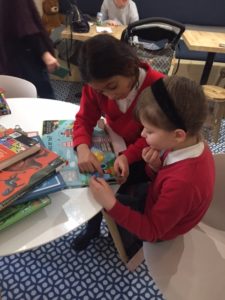
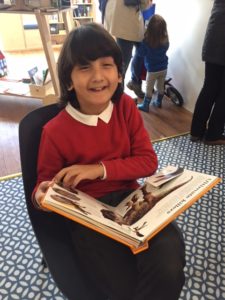
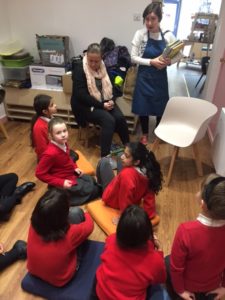
It was great to see those children then sharing the books they had returned with, with the rest of the class.
If you are ever stuck for something to do, then why not pay a visit to ‘The Little Bookshop.’
Coffee and cake available too!
What are ascenders and descenders?
Year 1 have been using word shapes to help to learn their spellings and also help with their handwriting.
Tall letters such as t, l and h all have ascenders and letters that come under the line such as g, p and y have descenders.
We can use a word shape to show the ascenders and descenders in a word.

Ask your child what spellings are missing from this week’s list and if they can draw a word shape for these words?
Our Handwriting Guide is easy to follow and a great way to support your child.